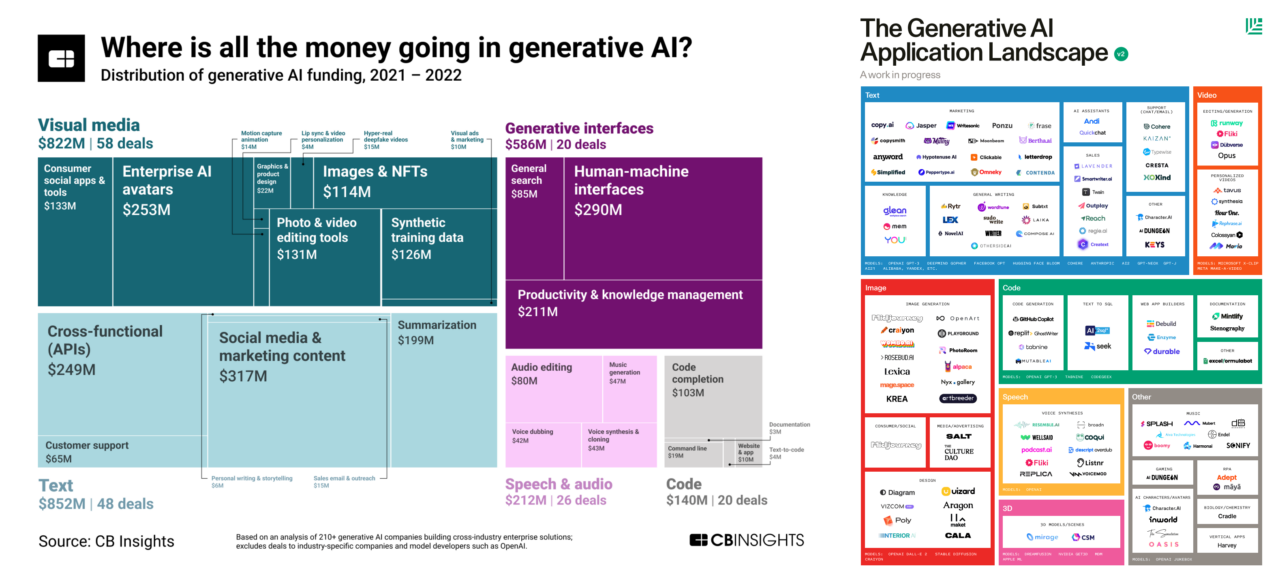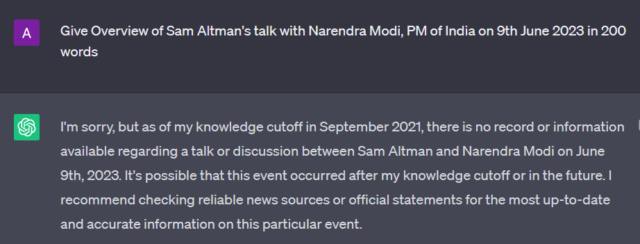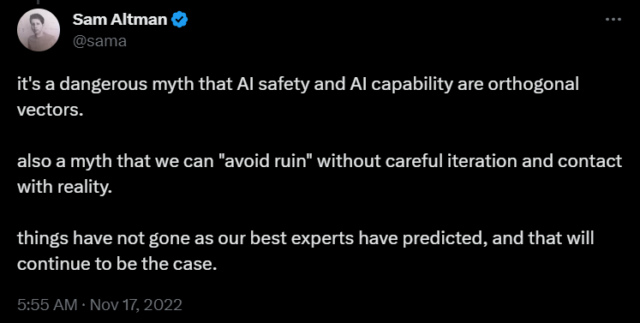Overview
Most of us have heard about ChatGPT and queried the silliest things about it. ChatGPT is a tool that uses Generative AI technology to generate/create text, images, or other media in response to prompts. During this funding winter, Generative AI-related startups raised $1.6 billion, the global Generative AI market size is projected to reach $126.5 billion by 2031, growing at a CAGR of 32% from 2022 to 2031, this growth might be higher – no wonder many entrepreneurs are flocking to this space. x
With the current boom and large investments in this space, the use cases will become more commonplace with more accessibility to the technology such that querying would be like ‘googling.’
Journey till now
Until May 2023, 11 generative AI companies are unicorns, with OpenAI having a valuation of $29B. Recently, Synthesia: AI-Generated Video Platform also reached unicorn valuation after a $90 million Series C round led by Accel.
Among the 250+ generative AI companies, 33% have yet to raise any outside equity funding. Also, over two-thirds of companies have yet to raise series A or higher funding. It creates excellent opportunities for Investors & VCs to strengthen their position for the upcoming decade’s technology.
Major Advancements in Segments
Funding surges majorly in four transformative domains: Text, Visual Media (including Images and Videos), Generative Interfaces, Speech & Audio and Code Generation. Let us look at these in brief:
- Text: Significant research is being carried out into summarisation and creative writing through tools like ChatGPT, Claude, etc. Also, many tools are being developed to leverage marketing and sales services that benefit companies, brands, or content creators.
- Visual Media: While significant advancements in creating visually-appealing images through tools like DALL-E and Midjourney are done at a steady pace, there are many startups focusing on design, video generation and personalization domains to revolutionize the content market.
- Code: Significant impact will be on developers through automated code generation, wherein many companies are focusing on improving the coding experience, whereas others focus on making “platform builders with just a few clicks.”
- Speech & Audio: While leading the way in voice synthesis, startups are pioneering applications like dubbing, mixing voice and voice generation transforming the audio landscape, and pushing the boundaries of technology and human-like speech.
- Generative Interfaces: Through Generative Interfaces, companies are improving their operations and technology where more datasets are analysed, and better outputs are observed. E.g.: By spotting statistical patterns in DNA sequences, biologists are using the power of these LLMs to reveal fresh insight into genetics.
Attached below is a brief description of where the VCs and investors were investing in the previous two years; so, what do you think about whether this distribution will remain the same or will a particular segment make a leap in the upcoming years? ( Source: CB Insights )

It’s evident that a lot of potential in Generative AI needs to be nurtured by entrepreneurs to create a better future. In upcoming years, improvements in core fields of technology like Civil, Mechanical, Electrical and many others will be observed by leveraging AI technology. Let’s explore the profound impact of GenAI on the startup ecosystem, unveiling trends, opportunities, and challenges.
Trends, Opportunities & Challenges
- Various established companies are improving their technologies making them aligned with the latest advancements. E.g:
- While making a partnership with OpenAI, Microsoft is integrating OpenAI’s systems with its products introducing new categories of digital experiences like AI-Powered Bing Search and Microsoft 365 Copilot.
- For IDEs like Visual Studio Code, Github Copilot builds upon OpenAI’s codex model and assists developers by providing contextual code suggestions or auto-completing code helping to speed up their development process.
- Companies in content creation using human intelligence are facing major challenges through decreasing revenues due to the latest technologies like Generative AI. E.g.: Chegg records its lowest stock price in the past five years at $9.08, of which the company says ChatGPT is killing its business.
- In finance, Generative AI creates opportunities for investors to develop more personalized investment strategies and portfolios. Although, the challenge lies in the need for a dynamic Generative AI tool that takes current market trends and sentiments with exceptional analysis.
- The OpenAI API can have a significant impact on entrepreneurs by providing them with powerful language models and tools to enhance their products and services.
- One Limitation of the Generative AI models observed is the incapability to work on more recent topics, thus there is a scope for building models that keep their training datasets updated regularly. E.g: OpenAI ChatGPT is unable to answer about the recent event that happened when Open AI’s CEO, Sam Altman visited India and meet the PM of India.

- Wayne Sadin, CEO of Acceleration Economy, outlines that ChatGPT data is being broadcast more widely to an audience that includes ’your competitors, your customers, your regulators, your board members, which imposes emerging security risks to companies. Thus, maintaining privacy in the models will be a prominent issue to address in the future, same is addressed by Sam Altman as well.

VCs have steadily increased their positions in generative AI, from $408 million in 2018 to $4.5 billion in 2022, according to a PitchBook report. It’s the right time for VCs to embrace the future and include Generative AI startups in their portfolios, paving the way for next-generation technologies. As an end note, it’s an exciting space for entrepreneurs to keep their eye on and build something revolutionising to be the next-gen unicorn.

